Sustainable Management of Forest Ecosystem Services
- August 15, 2024
- 0 comment
Forests are the lungs of our planet, offering more than just scenic beauty. They provide a suite of vital benefits known as forest ecosystem services, like purifying our air, filtering water, and fostering biodiversity. This article will explore how we can sustainably manage these critical services, ensuring our forests continue to support the health of the planet and enrich our lives for generations to come.
What is Sustainable Forest Management?
Sustainable forest management is an approach to forest stewardship that aims to maintain and enhance the economic, social, and environmental values of forested areas for the benefit of present and future generations. It encompasses a variety of practices designed to ensure that forest ecosystems remain healthy and productive while providing essential resources and services. These practices include careful planning and monitoring of forest resources, maintaining forest health by protecting against pests, diseases, and fire, and harvesting timber in a way that minimizes impact on the ecosystem. The ultimate goal is to balance the needs of the environment with societal demands and economic viability, ensuring that forests continue to offer their myriad benefits without compromising their sustainability.

The principles of sustainable forest management are widely recognized and supported by various international frameworks and certifications, such as the Forest Stewardship Council (FSC) and the Programme for the Endorsement of Forest Certification (PEFC). These standards promote responsible forest management practices that are environmentally sound, socially beneficial, and economically viable. Implementation of sustainable forest management has led to improved outcomes for forest conservation, including enhanced biodiversity, increased carbon sequestration capabilities, and the protection of watershed areas. Furthermore, it supports local communities by providing jobs and ensuring that the benefits derived from the forest are shared fairly, enhancing the social fabric and economic resilience of these areas.
Understanding Forest Ecosystem Services
Carbon Sequestration
Forests play a crucial role in combating climate change through carbon sequestration. Trees absorb carbon dioxide, a major greenhouse gas, from the atmosphere during photosynthesis, storing it in their wood, leaves, and soil. This process not only reduces the atmospheric concentration of CO2 but also contributes to the overall health and stability of the forest ecosystem.
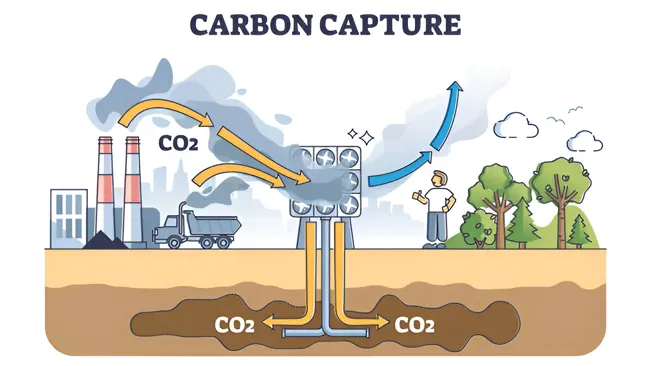
The impact on climate change mitigation is significant; forests globally store about one-third of the carbon found in the atmosphere, making them essential in efforts to meet international climate targets and stabilize global temperatures.
Biodiversity Conservation
Forests are diverse ecosystems that are home to more than 80% of the terrestrial species of animals, plants, and insects. This biodiversity is crucial for ecosystem resilience, providing services such as pollination, pest control, and genetic diversity necessary for adaptation to changing conditions.
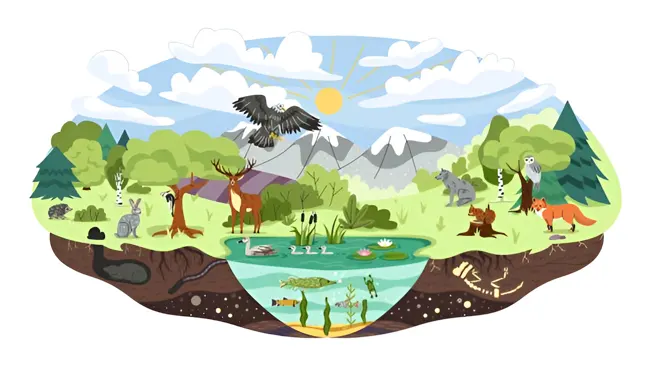
The role of forests in maintaining biodiversity extends beyond just habitat provision; they also offer migration routes and climate refuges, which are becoming increasingly important as species adjust to the impacts of climate change. Examples of key species include the Bengal tiger in Asia’s mangrove forests, which plays a role in maintaining the food chain balance, and the various species of birds that help with seed dispersal, ensuring forest regeneration.
Water Regulation and Filtration
Forests influence both the quality and availability of water. They act as natural water filters, capturing rainwater and reducing the passage of sediments and pollutants into streams and rivers. This process is crucial for maintaining the cleanliness of water supplies and reducing the cost of water treatment for human use.

Additionally, forests manage the hydro logical cycle through the absorption and release of water by vegetation, which affects precipitation patterns and climate both locally and globally. Case studies from the Amazon rain forest show how deforestation has led to a decrease in regional rainfall, while in North America, forest management practices have been used to enhance water quality in watershed areas.
Soil Erosion Prevention
Forests play a fundamental role in soil stabilization with their root systems, which hold the soil in place and prevent erosion. This is particularly important in mountainous and hilly regions where landslides can be a risk. Forests also contribute to the formation of soil through the decomposition of leaf litter and other organic material, which enhances soil fertility and supports various forms of life.
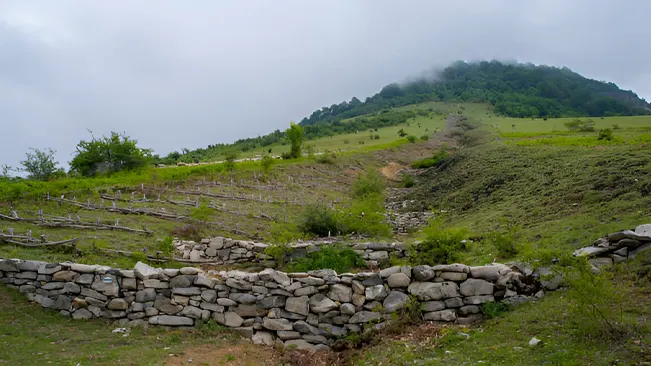
The consequences of soil erosion include the loss of fertile land, increased pollution and sedimentation in rivers and lakes, which can lead to the destruction of aquatic habitats. Forest management practices that prevent erosion are vital for maintaining these ecosystem services and supporting agriculture and water resources downstream.
Challenges in Sustainable Forest Management
Deforestation and Its Impacts
Deforestation remains one of the most significant challenges to sustainable forest management. It refers to the clearing or thinning of forests by humans to make room for agricultural expansion, logging, mining, and urban development. The current rate of deforestation is alarming; approximately 10 million hectares of forest are lost annually, according to the Food and Agriculture Organization of the United Nations.
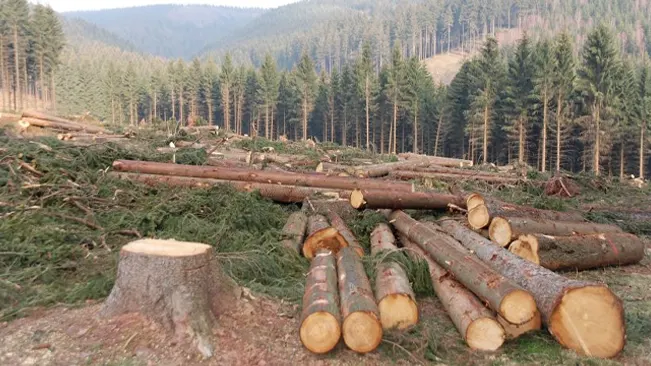
The primary causes include illegal logging, unsustainable agricultural practices, and infrastructure expansion. The effects of deforestation extend beyond the immediate loss of trees ecosystem services such as carbon storage, water cycle regulation, and biodiversity are drastically diminished, leading to broader environmental consequences. Additionally, local communities that depend on forests for their livelihoods, cultural practices, and sustenance face significant challenges as their resources dwindle, often leading to socio-economic instability.
Climate Change
Climate change poses a complex challenge to forest ecosystems, impacting them in varied and profound ways. Rising temperatures, altered precipitation patterns, and increased frequency of extreme weather events like droughts and storms stress forest health, leading to weakened resilience against pests and diseases. These changes can disrupt the reproductive cycles of trees and alter habitat conditions, potentially leading to shifts in species distributions and forest composition.

To adapt to these changes, forest management strategies need to be dynamic and forward-thinking. Adaptive strategies include assisted migration, where species that are struggling to survive in their current habitats are intentionally moved to more suitable locations; the use of genetically diverse and resilient tree species to enhance forest adaptability; and integrated management practices that consider both conservation and sustainable use to maintain forest health and functionality in the face of climatic changes.
Strategies for Sustainable Management
Legal and Regulatory Frameworks
Effective sustainable forest management is often underpinned by robust legal and regulatory frameworks. Internationally, agreements such as the United Nations Framework Convention on Climate Change (UNFCCC) and its Paris Agreement encourage countries to engage in sustainable forestry practices as part of their commitment to mitigate climate change. Nationally, countries implement a variety of laws and regulations that govern forest conservation and use, including restrictions on logging, requirements for reforestation, and the protection of biodiversity hotspots.
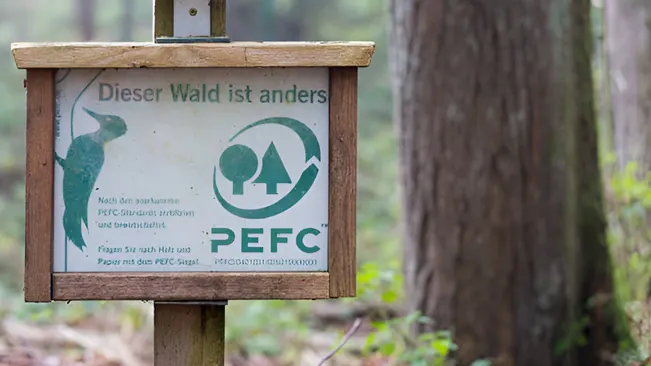
The impact of these frameworks on sustainability practices is profound, as they provide legal backing that helps enforce sustainable practices, promote forest conservation, and ensure the responsible use of forest resources. Moreover, certification schemes like the Forest Stewardship Council (FSC) and the Programme for the Endorsement of Forest Certification (PEFC) help standardize practices globally, making sustainable management both a legal and commercial responsibility.
Community Involvement and Indigenous Practices
The involvement of local communities and the integration of indigenous knowledge are critical for the success of sustainable forest management strategies. Communities living in and around forests possess an intimate understanding of the ecosystem dynamics and sustainable usage practices honed over generations. Recognizing and leveraging this local knowledge can lead to more effective and culturally appropriate management practices.

Examples include community forest management in Nepal and the Amazon, where local populations actively participate in decision-making processes, conservation efforts, and sustainable utilization of forest resources. These practices not only help preserve the forest but also ensure equitable distribution of benefits, thereby supporting community livelihoods and traditional lifestyles.
Technological Innovations
Recent advancements in technology have significantly enhanced the capabilities for monitoring and managing forests sustainably. Tools such as remote sensing, geographic information systems (GIS), drones, and satellite imagery provide comprehensive data on forest health, growth rates, and changes due to human activity or natural causes.

These technologies allow for real-time monitoring and swift responses to potential threats like illegal logging or wildfires. Additionally, technologies such as blockchain can be utilized to ensure the traceability of timber and other forest products, promoting transparency and compliance with legal standards. The integration of these technologies into forest management practices enables more precise and efficient management, ensuring that forests are maintained not just for their economic value but also for their ecological health.
Conclusion
In conclusion, the myriad services provided by forest ecosystems are indispensable to human well-being and environmental stability. From carbon sequestration, which combats climate change, to water filtration and biodiversity preservation, forests play a pivotal role in sustaining the planet’s health. The economic, social, and ecological benefits they offer underscore the urgent need for comprehensive conservation strategies and sustainable management practices. It is imperative that governments, communities, and individuals collaborate to protect these natural assets. By investing in and prioritizing forest conservation, we ensure the perpetuation of essential ecosystem services, safeguard biodiversity and secure a sustainable future for all generations.
FAQs
- What are forest ecosystem services?
Forest ecosystem services refer to the natural benefits and resources that forests provide to humans and the environment, including air and water purification, carbon storage, soil conservation, and biodiversity habitat. - Why are forest ecosystem services important?
These services are vital for maintaining ecological balance, supporting diverse life forms, and providing essential resources and benefits to human populations, such as clean air, fresh water, and climate regulation. - How do forests contribute to carbon sequestration?
Forests absorb carbon dioxide from the atmosphere during the process of photosynthesis, storing carbon in their wood, leaves, and soil, which helps mitigate the impacts of climate change. - What is the role of forests in water filtration?
Forests act as natural filters, removing pollutants from water as it passes through the forest floor. This process helps ensure the provision of clean water to ecosystems and human communities downstream. - Can deforestation affect forest ecosystem services?
Yes, deforestation can significantly disrupt the provision of ecosystem services by reducing biodiversity, altering water cycles, and increasing carbon emissions, which can lead to severe ecological and economic consequences. - What can be done to protect forest ecosystem services?
Protecting forest ecosystem services involves implementing sustainable forest management practices, enforcing laws that prevent illegal logging, promoting reforestation, and supporting policies that prioritize conservation and sustainable use of forest resources. - How do forest ecosystem services impact biodiversity?
Forests are home to the majority of terrestrial biodiversity, providing habitat, food, and protection for various species. The conservation of forest ecosystem services is crucial for maintaining biodiversity levels. - What economic benefits do forest ecosystem services provide?
Forests contribute to economies through resources like timber, medicinal plants, and tourism opportunities. They also offer ecosystem services that have direct and indirect economic benefits, such as flood prevention and climate regulation. - How can communities get involved in preserving forest ecosystem services?
Communities can engage in local conservation projects, participate in reforestation efforts, adopt sustainable land use practices, and advocate for policies that protect forest areas. - What are some challenges in conserving forest ecosystem services?
Challenges include balancing economic development with conservation, combating illegal logging, addressing land-use conflicts, and adapting to the impacts of climate change.

Joel Cunningham
Forestry AuthorI'm Joel Cunningham, an expert in pruning and weed management with over a decade of experience. My skills are rooted in formal training and extensive practice, focusing on advanced pruning techniques and efficient weed control. I'm known for my quality work, precision, and deep understanding of plant health and soil dynamics. My contributions extend to educational initiatives where I share sustainable practices and advice, establishing myself as a reliable and authoritative figure in the gardening community.



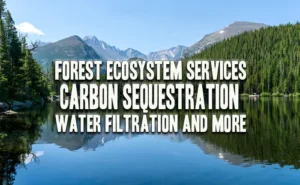
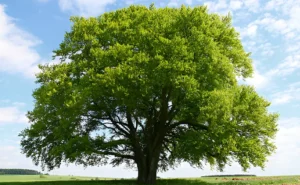
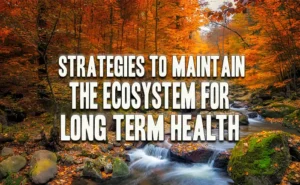


Leave your comment